How Toda Corporation Achieves Startup Co-Creation Successes as an LP
Toda Corporation has successfully achieved open innovation by working with startups, including improvement of its sales capabilities. We asked the secret to drawing interest from business units and what they paid attention to.
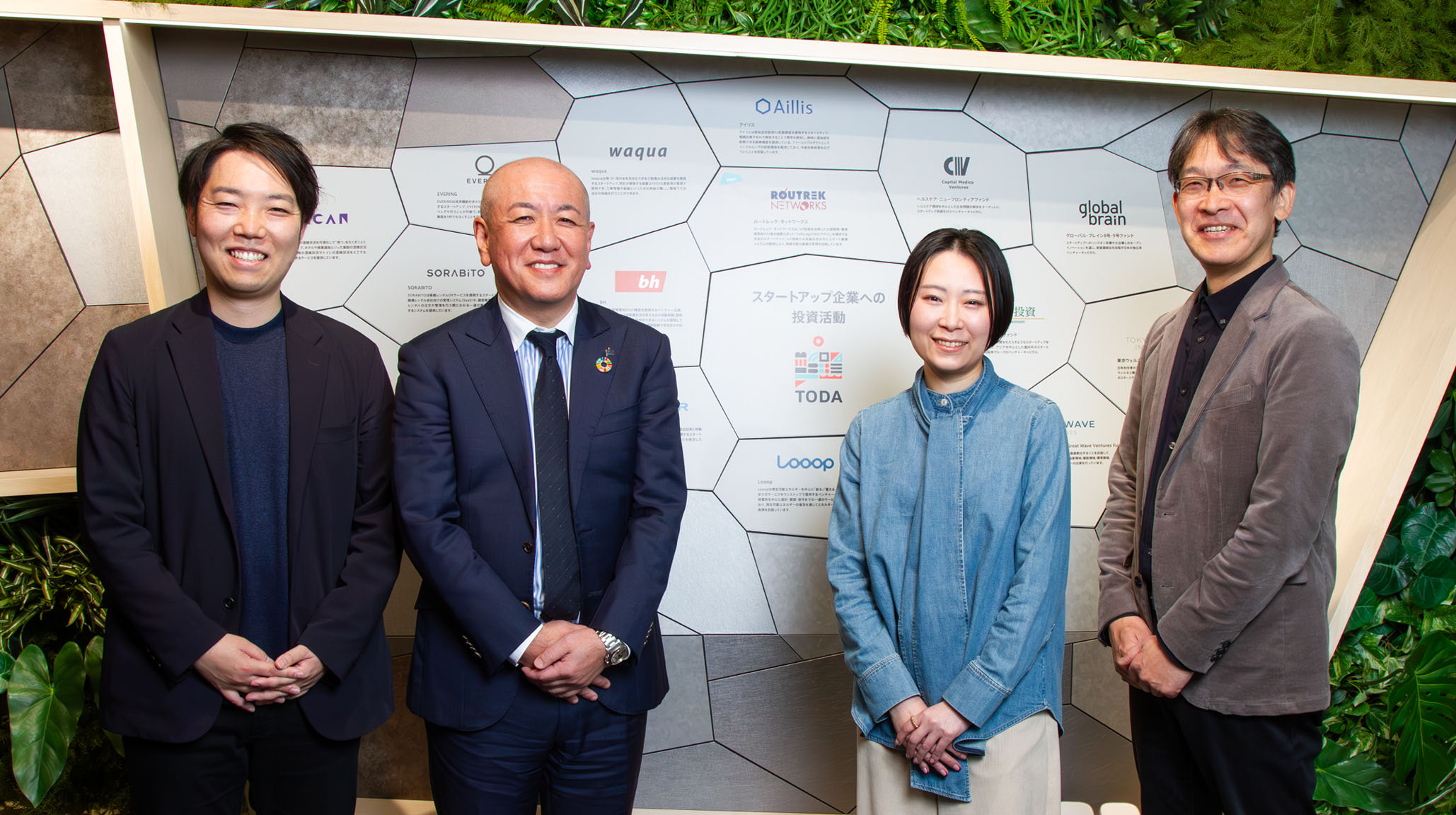
Written by the Universe Editorial Team
Many large corporations face challenges when working with startups due to the difficulty of aligning expectations and collaborating with internal stakeholders, which is why we can learn from Toda Corporation’s initiatives.
Toda Corporation started investing in independent venture capital firm Global Brain (GB)’s flagship fund as a limited partner (LP) in 2021. Since then, it has further accelerated collaboration with startups, achieving positive synergies such as improving its sales capabilities.
What is the secret to driving forward smooth collaboration projects with startups? We sat down with Masato Kudou, Senior General Manager of Innovation Promotion Administration Division; Hiroaki Saito, Manager of Co-Creation & Venture Investment Department, Business Innovation Division, Innovation Promotion Administration Division; and GB’s Hiroyuki Izumi and Miku Yoshio who have been supporting the collaboration initiatives to understand how they propelled open innovation and what they kept in mind.
(The names of departments and roles may have changed after the interview.)
The long-standing relationship with GB goes back before the investment
──Why did Toda Corporation invest in a venture capital firm as an LP?
Saito: As a general contractor, our company has businesses in areas such as construction, civil engineering, real estate, and renewable energy. Especially in our construction business where we handle proposals, design, and construction of buildings, we always work hard to make high-level proposals to solve our customers’ issues. However, it is not that we have more than enough resources to tackle the diverse challenges of our customers, so we considered it reasonable to get help from startups in order to enhance our capabilities of making proposals to customers.
We officially embarked on startup collaboration in around 2018 by setting our first goal as proposing to our customers and using for ourselves the innovative solutions of startups. Afterward, we began our co-creation projects with the startups more closely, and invested in venture capital firms including GB.
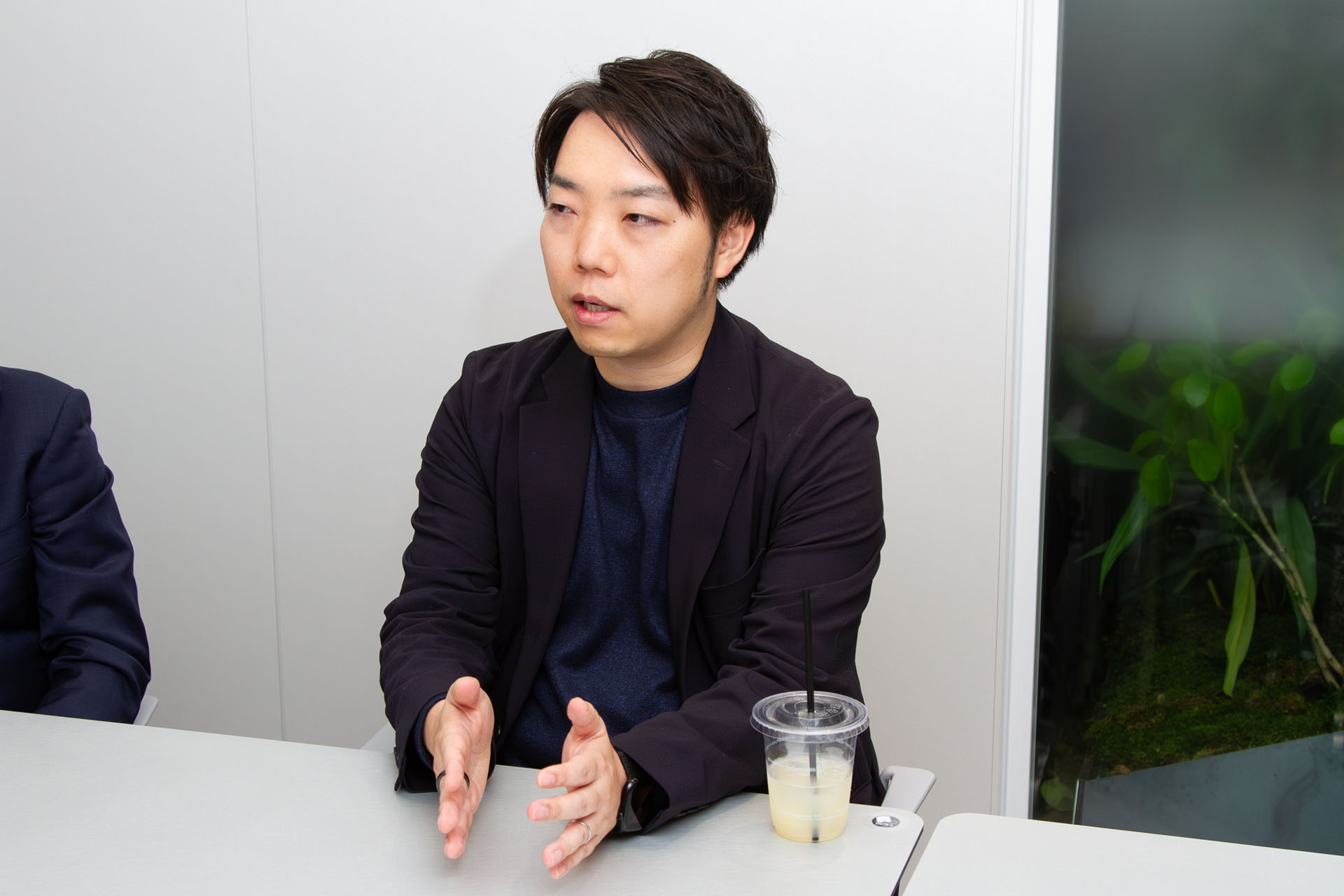
──You invested in GB-VIII in 2021 (the webpage is in Japanese only) and GB-IX in 2024 (the webpage is in Japanese only). Why did you choose GB’s funds?
Saito: Since GB has an established track record of investment and has achieved successes in many areas, it is quick to capture startup-related information which was very attractive for us.
Also, Izumi-san had been helping our startup co-creation projects since before our investment in GB-VIII. One time, he even came all the way to Narita City to have our factory workers test the powered clothing provided by a US startup named Seismic. I was surprised that GB members not only connect us with startups but actually go out of their ways to visit our sites. This ease of communication was a decisive factor of our investment.
Kudou: Before investing in GB-IX, we eliminated all biases and compared various venture capital firms and their funds, both big and small, and others with unique characteristics. In the end we did a majority vote among all team members, and came to the conclusion that we cannot exclude GB considering our track record with GB-VIII. We decided that working with GB will pave the way for us to take on more challenging and exciting projects with startups.
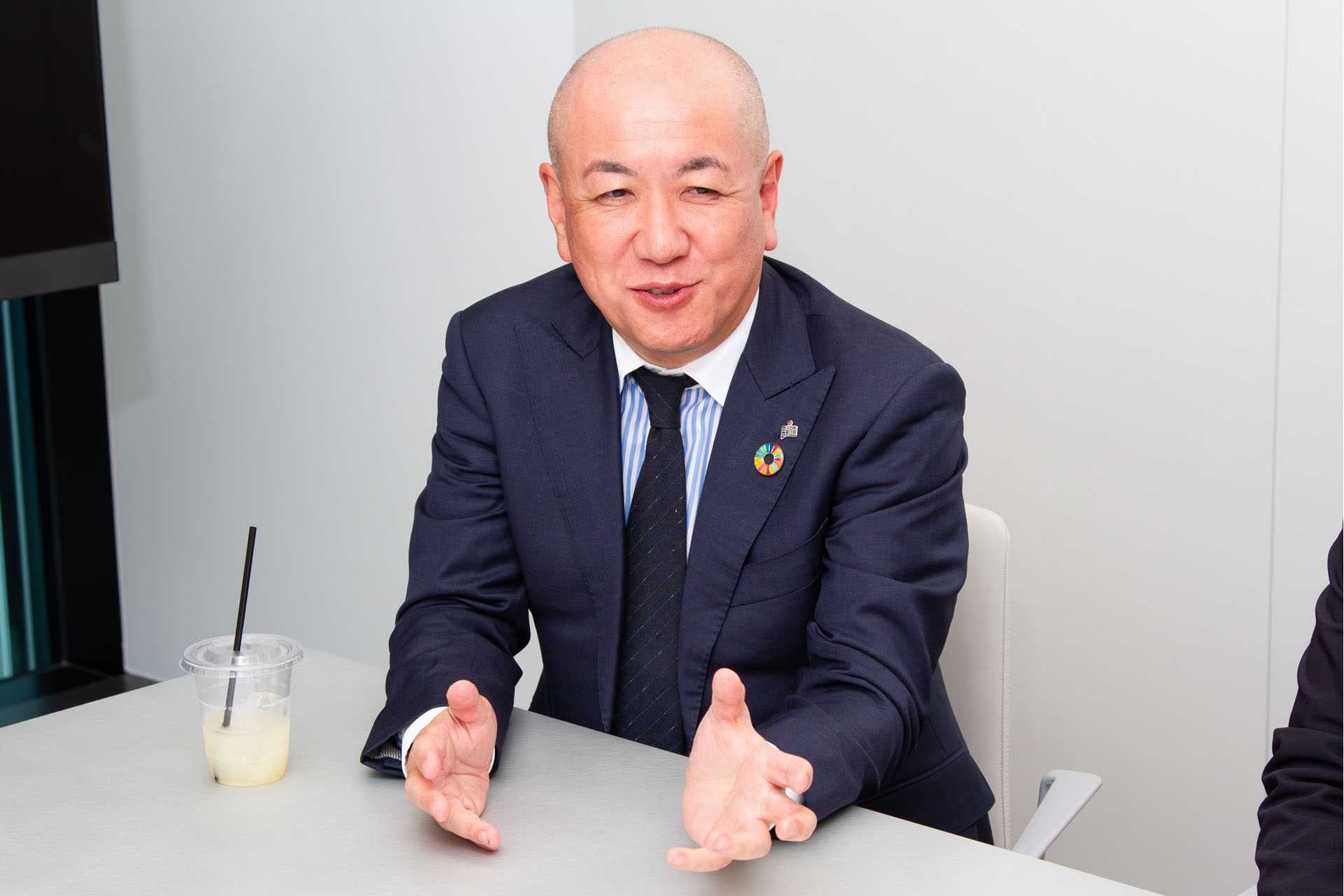
The journey to successful collaboration
──What was the process like when driving forward collaborations with startups?
Izumi: Our first step was to understand Toda Corporation’s management problems and working-level issues in depth. Then, referring to medium-term management plans and focus sectors, we explored collaboration opportunities with startups. Since we knew of course that Toda Corporation’s focus sectors and management policies could change along the way, we spoke with the Business Innovation Division members from time to time to check the current status, and by doing so, proposed a wide range of optimal collaboration ideas.
Also, in order to achieve smooth business collaboration, we had our venture capitalists hold sector study sessions where we covered examples of startups and updates in Toda Corporation’s focus sectors such as space and logistics and of course construction technology.
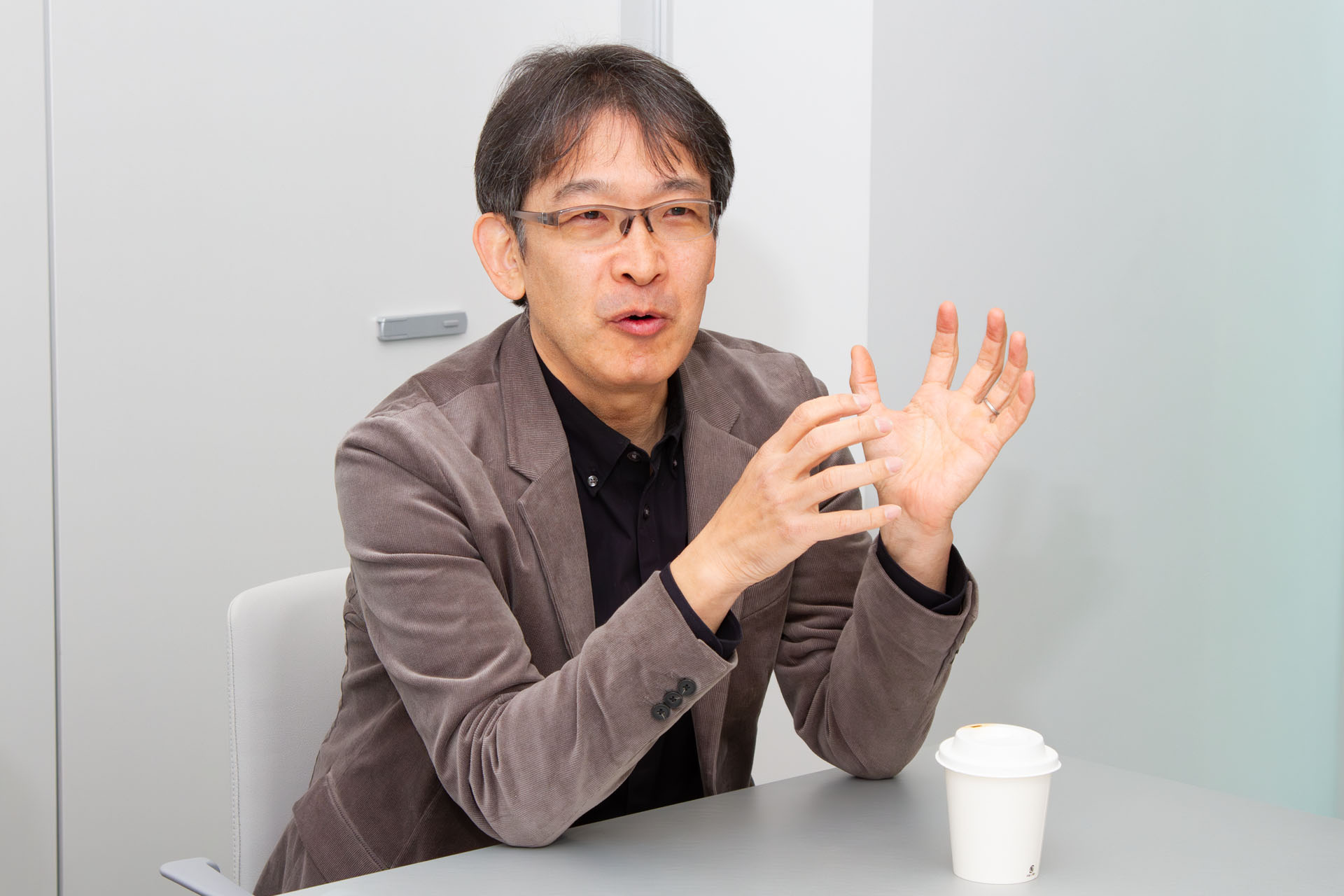
Saito: The study sessions were initially only for the Business Innovation Division members, but they are now open to all divisions and we have as many as 60 members attending.
Those who joined often give us feedback on which startup triggered their interest and what products they would like to use, and some even share the challenges they are facing in their divisions. I feel these study sessions are functioning as triggers to launch startup co-creation initiatives that can truly solve our company’s problems.
Izumi: We often receive diverse opinions including very down to earth questions in the Q&A sessions. The study sessions are good opportunities to draw attention to business collaboration.
Saito: I agree. Especially since GB’s venture capitalists are knowledgeable in various areas, they are very reassuring to work with in terms of expertise.
──Among ongoing startup collaborations, could you share an example that stands out?
Saito: I feel great potential for our ongoing project with The Chain Museum (the website is in Japanese only). Through collaboration with artists and galleries in and out of Japan, The Chain Museum offers people opportunities to meet art and places to enjoy conversation. It runs a platform business named ArtSticker which connects the dots to offer a comprehensive experience of enjoying art and also offers a coordination service to set up artworks in offices and commercial facilities.
By working with The Chain Museum, we started an initiative to add value to the building designs we propose to our customers by combining artwork coordination. Some of our customers are well-versed in art, and I am confident we are fully leveraging The Chain Museum’s extensive connections with artists.
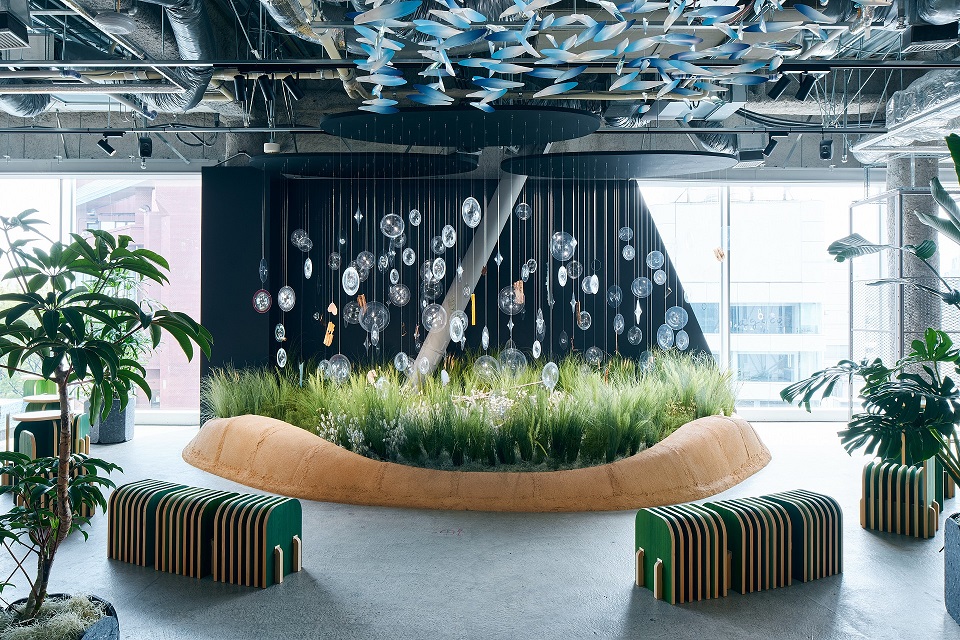
Yoshio: The Chain Museum was originally focused on its B2C business where it sold artworks to individual customers. I feel the collaboration with Toda Corporation has opened doors to expanding its business in the B2B sector.
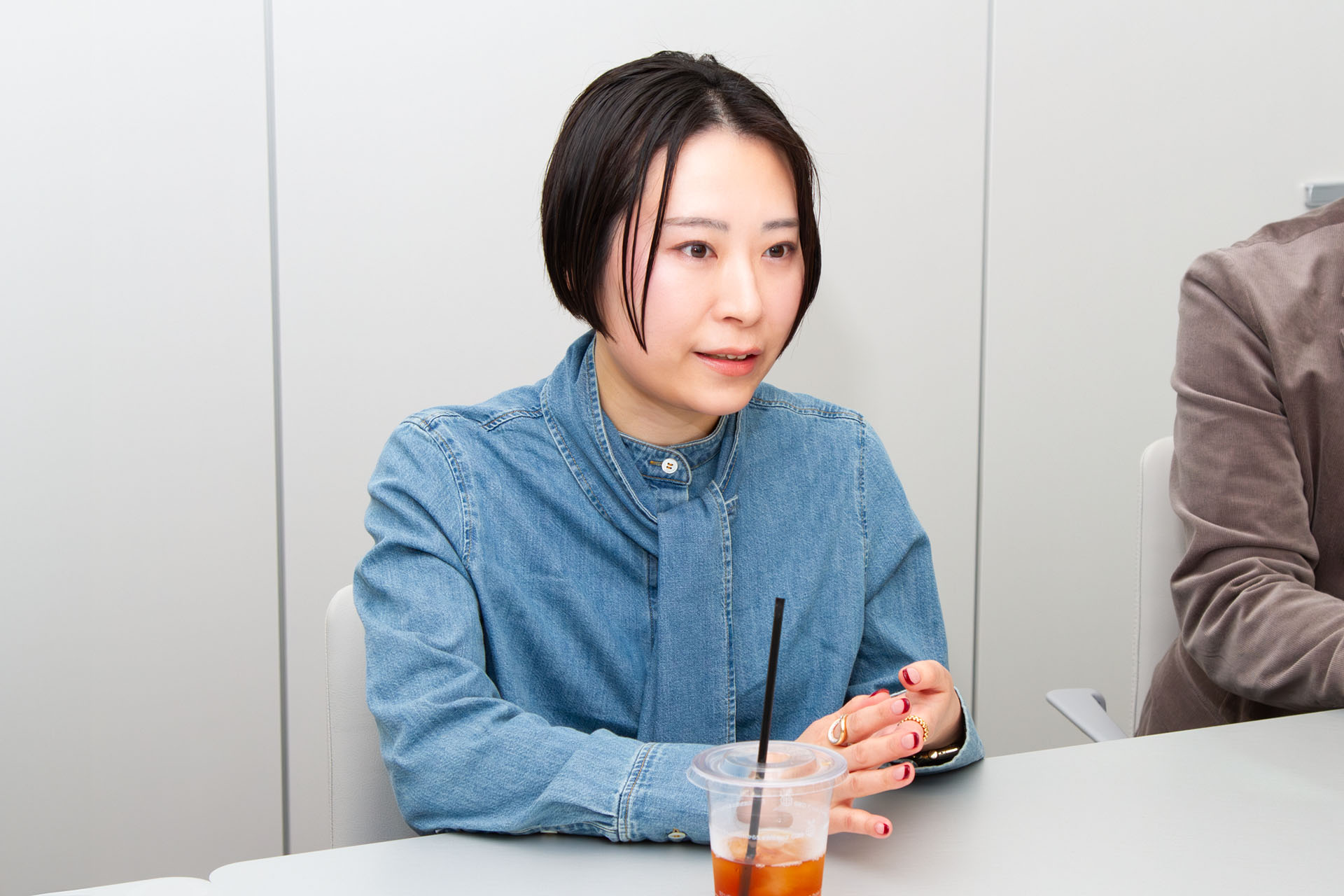
Saito: We have also worked with a startup named MODE which offers IoT solutions for construction and logistics sites.
When we first introduced MODE’s solutions to our business units, they told us they would use the solutions if the timing works out, due to multiple reasons with one being that the budget request deadline had already passed. However, before we realized, multiple internal projects had begun using MODE’s solutions (laughs).
That was when I felt the importance of timing in startup co-creation. We have about 300 to 500 projects running in the company all at once, each addressing different needs from business units depending on the duration and scale of the project.
Which is why exchanging updates with the business units on a regular basis is critical. Even if we cannot kick off startup collaborations or have them implement products right away, regular communication could help remind them of the startups when the right time comes.
Also, since startups continue to update their services, time could play a role in changing their products into ones that are easier for us to use. While waiting for the right moment, it is crucial to keep our watch on the latest challenges that exist in our company.
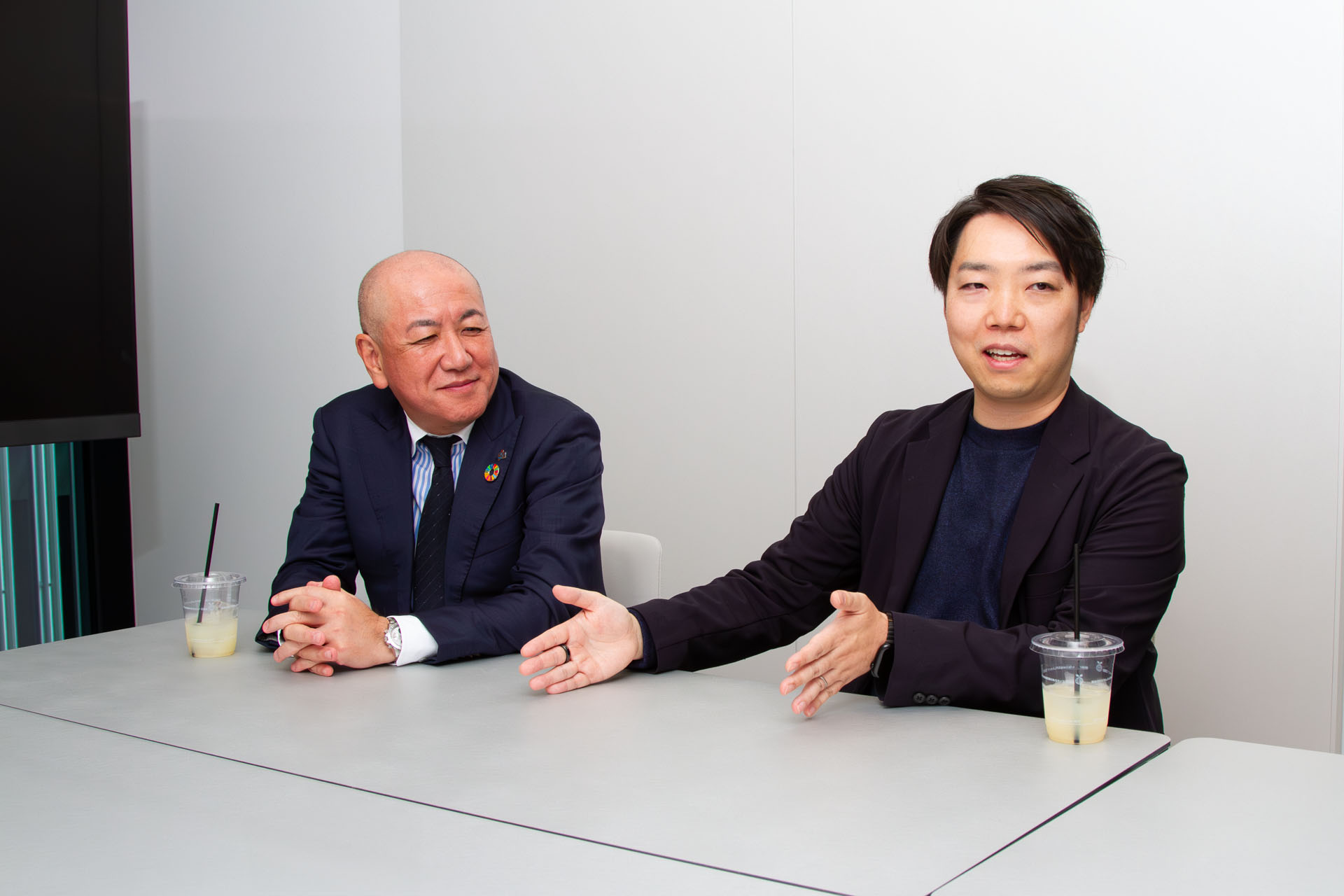
We should not put a break on co-creation
──What is the key to driving forward collaboration based on your experience in working with startups?
Kudou: Working with business units is ultimately all about leveraging internal connections. I need to understand my own company’s businesses in depth, and identify the challenges or untapped problems of each department. Above all, the most important thing is to build relationships that will allow me to casually ask others to try something out.
Saito: In addition to holding weekly meetings to identify challenges inside the company, I personally try to connect with many members in various different departments to capture the working-level members’ opinions. Sometimes they will share challenges that turn out to be different from what I had assumed, so when that happens I make adjustments and explore other ways of collaboration.
Kudou shares management-level challenges with us, which I think is another important factor since it allows us to explore solutions from both the working-level and management’s perspectives.
──From GB’s standpoint, what is Toda Corporation’s secret to successful collaboration?
Izumi: Toda Corporation’s construction team was the first to embark on startup collaboration. Since the team was facing major issues such as labor shortage, I assume the bar was low in doing product trials like the one with Seismic. I would say the secret to Toda Corporation’s success is it steadily built up achievements starting with internal departments that are relatively easier to approach.
Also, the Innovation Promotion Administration Division members are very proactive in joining meetings with startups. They give us detailed feedback of the startups immediately after the meetings, which makes it easier to move on to next steps.
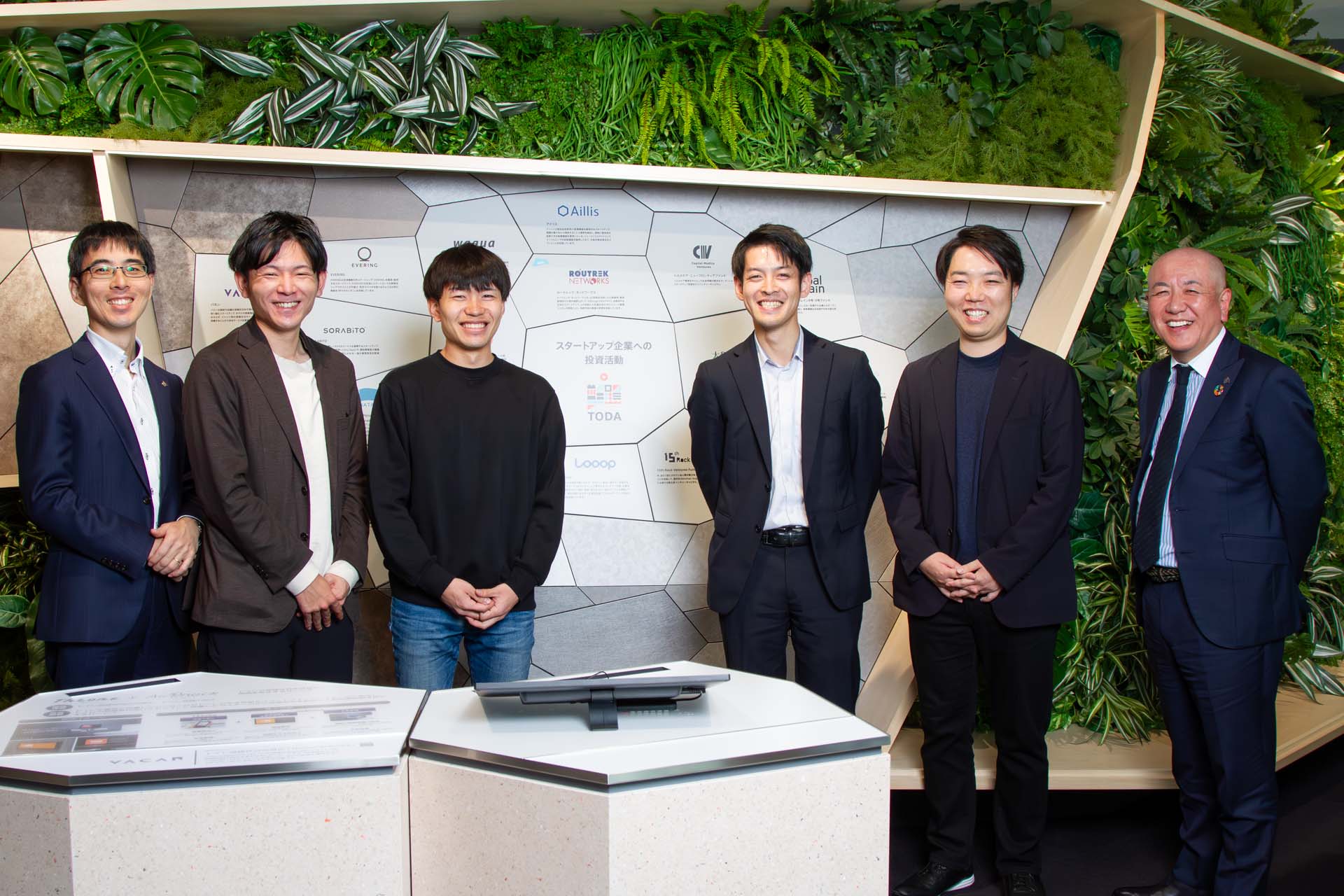
Yoshio: I have a good example that shows their proactiveness. One time, things unfolded in a very interesting way when we introduced a startup.
Saito: I remember that. When I first learned about this one startup’s business, honestly I felt it was not a very good fit for us because its business was quite distant from ours.
However, when we decided to take a shot and spoke with the business units, one showed interest in talking with the startup. It turned out that the startup’s new business was the right match to tackle the challenges of that division. This experience made us realize that we should not make any judgments within our own knowledge.
Kudou: Yes, we should not make any decisions by ourselves and end up putting a break on the possibilities of co-creation.
Izumi: I also think Toda Corporation’s culture of being welcoming instead of denying accelerates collaboration. When we introduced Tokyu Construction, both sides exchanged frank opinions despite being competitors, and ultimately landed a startup co-investment deal.
Saito: As far as construction technology is concerned, we are happier if the entire industry uses a startup’s product than just us being the user. Since construction workers go to and from the sites of many different construction companies, it would be inconvenient if product A is used at one company’s site but not at another company’s site. This kind of situation would not be helping to spread the startups’ products.
Therefore, we are eager to work with other corporations in the industry viewing them not as competitors but as co-creation partners. This, I believe, is the way to true open innovation.
──I see. By the way, given you can still work with startups and use their products without making any investments, are there any advantages special to an LP?
Saito: We believe there are two.
One is that we can strike a balance in our portfolio and diversify our risks. Launching its own CVC fund is one way for a corporation to invest in startups, but having just the CVC fund comes with the risk of ending up investing only in startups in specific business sectors and growth stages. Combining LP investment allows us to diversify our risks by investing in a wide variety of startups, which is a huge advantage.
The second is we can come across possibilities of launching unexpected co-creation projects with promising startups. Venture capital firms invest in various startups aligned with current trends, and in many cases have connections with those startups from Seed Stage. By embracing fortunate strokes of serendipity with such startups, we invest as an LP with the expectation of finding new collaboration opportunities.
GB’s sharp eyes are attractive in terms of collaboration. We believe that the startups GB invests in more or less have good management structures and finances, and are growing steadily. We are grateful to GB for introducing startups we can trust and giving us collaboration opportunities.
Taking on challenges to create new value
──Lastly, tell us your vision for startup collaboration and what kind of successes you aim to achieve.
Kudou: I am eager to showcase more concrete achievements through startup collaboration.
For example, I want to accumulate success cases that leverage value added by co-creation projects, such as receiving new orders or closing deals even at higher prices than competitors. If people hear about the value-add after the construction work is completed and the rumor contributes to advertising our company, that would be even better.
In addition, it is natural for the construction team facing labor shortages to attempt to maintain high quality with few workers by leveraging solutions offered by startups. I am hoping such initiatives will expand so that they contribute to creating a workplace where people want to work and are eager to continue working. It would be great if I could report and share such achievements in management-level meetings.
Saito: I want to achieve outcomes that make our customers, the startups, and our company happy. If we can make our customers happy through the startups’ products, our company can gain more credibility, and we can introduce new customers to the startups. I believe our goal should be simple: creating many win-win relationships where all three parties appreciate the connection.
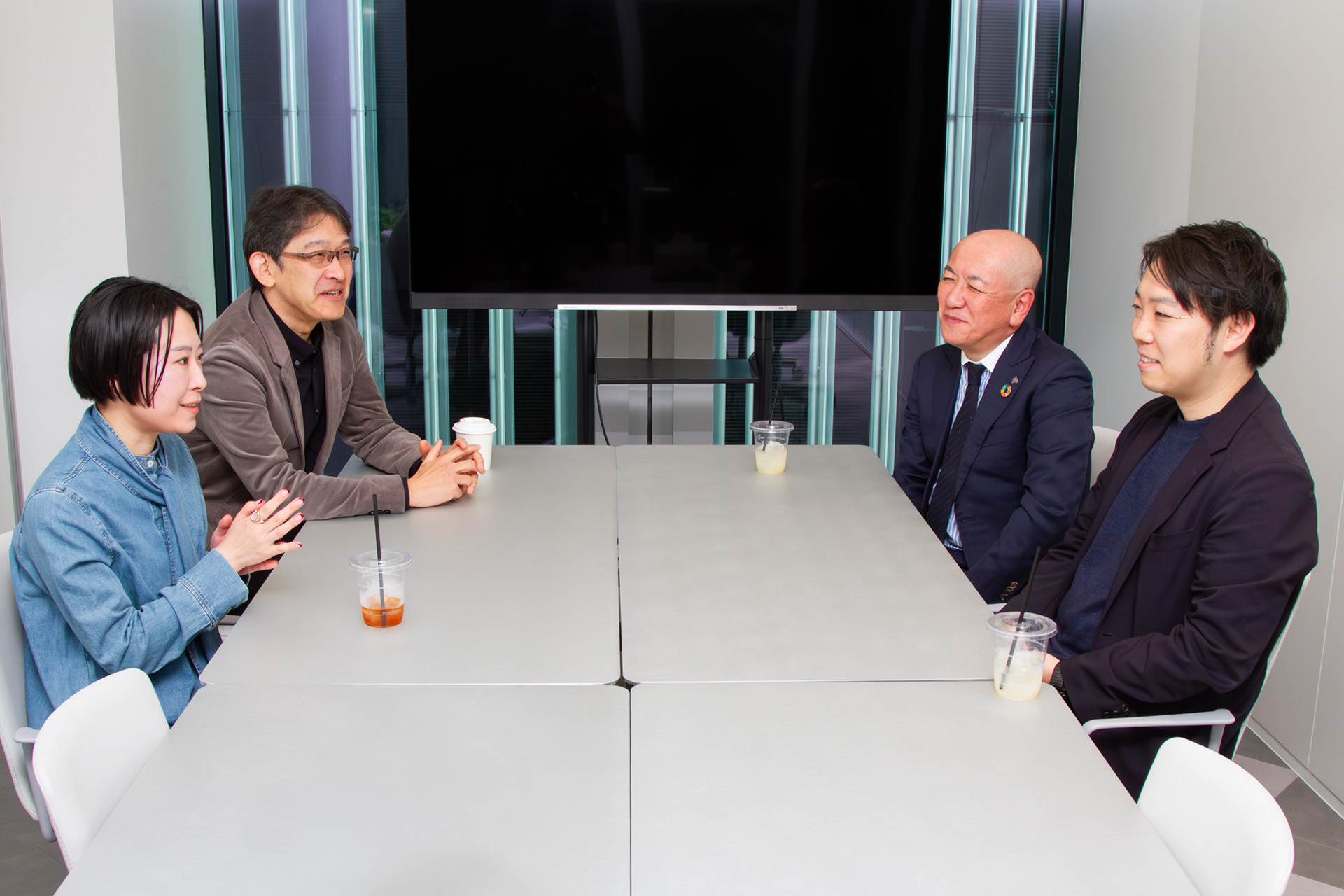
──Thank you. As GB, what are your visions in supporting collaboration projects?
Izumi: I am eager to continue working between Toda Corporation and startups to propose optimal collaboration ideas and work as a bridge connecting both sides.
I also heard that a person with experience working in the design team will join the Business Innovation Division, which I believe will allow us to learn more about the team’s challenges. By receiving support from Toda Corporation, I am excited to stay close to working-level members and support collaboration initiatives by putting myself in Toda Corporation’s shoes.
We have many learnings from their initiatives. I am willing to leverage Toda Corporation’s collaboration projects as model cases for our other LP companies.
Yoshio: Together with Toda Corporation, we are ready to embark on new projects that we had not been able to do before. For example, we have plans to gather multiple startups that could potentially collaborate with Toda Corporation to hold an event where they can communicate with the business unit members.
Lastly, I am very grateful Toda Corporation is open to such new initiatives. It would make me very happy if we could turn these challenges into successes one by one, and contribute to supporting our other LP companies too.